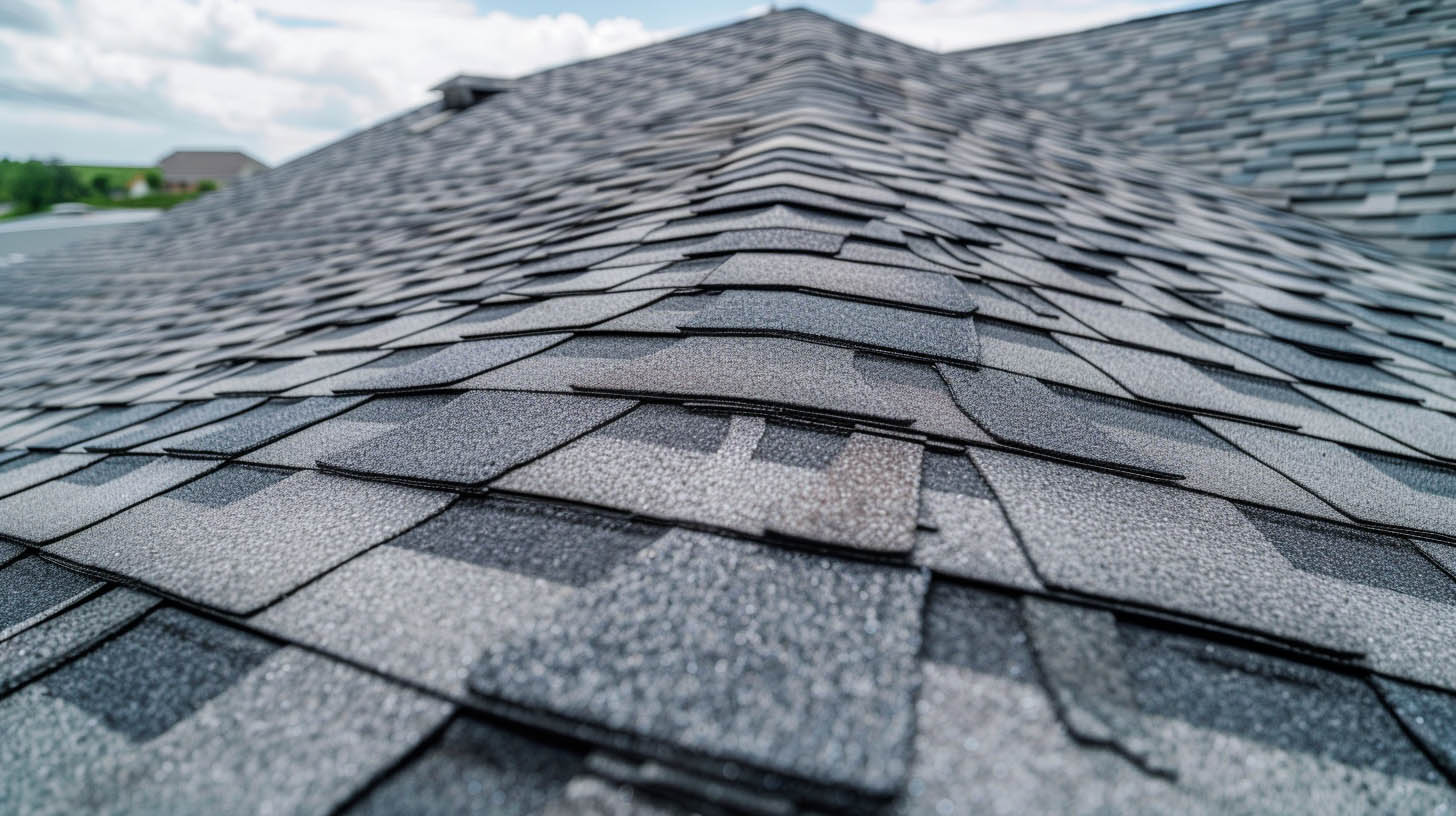What Is Roof Decking and When Should It Be Replaced?
A sturdy roof begins with a reliable foundation, and that foundation is roof decking. At Specialist Roofing & Repair, we ensure that every part of your roofing system receives expert attention. Roof plays a vital role in the structural integrity of your roof, providing support for roofing materials and keeping your home protected. As trusted roofing contractors in Long Beach, CA, we understand how critical roof decking is to your roof’s overall health. Let us guide you through its essentials and when replacement becomes necessary.
Understanding Roof Decking: The Foundation of Your Roof
Roof decking, also known as roof sheathing, is often an overlooked but indispensable part of your roofing system. As the base for shingles and other roofing components, roof decking, which is a crucial part of your roof, secures everything in place and helps protect your home from external elements.
By understanding its role, homeowners in Long Beach, CA can better appreciate how important roof decking is to the longevity of their roofs. Whether you’re considering a roof replacement or simply scheduling regular maintenance, having well-maintained decking is essential for a durable, high-performing roof.
What Is Roof Decking?
Roofing decking is the structural component that lies beneath your roofing material, providing stability and support. It typically consists of plywood, including CDX plywood, or oriented strand board (OSB) and comes in different thicknesses, crucial for safeguarding your home against moisture and weather-related damage. Proper maintenance ensures a durable system.
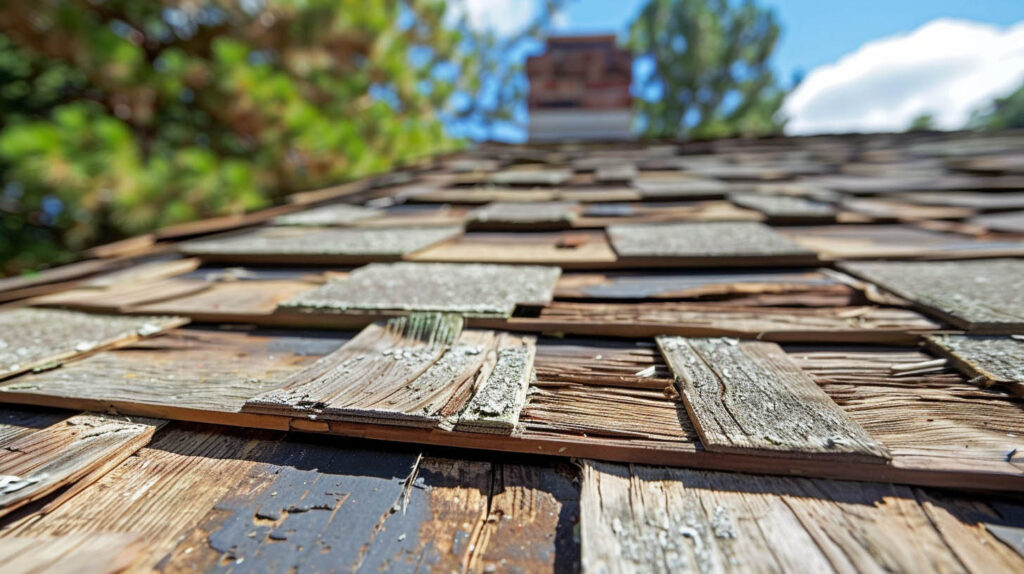
Why Roof Decking Matters for Homeowners in Long Beach, CA
Understanding the condition of your decking is crucial for homeowners in Long Beach, CA. As the base of your entire roof, it supports different roofing materials and ensures the integrity of your roofing system. Regular inspections can help identify issues such as water damage or mold growth, which may affect the longevity and performance of your roof. Given the local building codes and climate challenges, proactive maintenance or timely roofing replacement can prevent extensive damage and save significant repair costs in the long run.
Types of Roof Decking Used in Modern Roofing
Modern roofing relies on two primary types of roofing: plank and sheet decking. These materials vary in composition, thickness, and suitability for specific roofing requirements.
Plank provides traditional durability using individual wooden planks, often found in older homes. In contrast, sheet has become the standard in contemporary roofing, offering cost-effective solutions like plywood and OSB. Choosing the right material ensures structural stability and long-lasting roofing performance. Let’s explore the unique properties of each type.
Plank Decking: Traditional Strength and Durability
A reliable choice for many homeowners, plank made from wood planks offers traditional strength and exceptional durability, making it a favored option in various roofing systems. Typically made from rectangular wooden boards, this type provides solid support while ensuring the roof’s decking integrity under different roofing materials. Its ability to withstand immense weight and impact, coupled with natural wood resistance, enhances the longevity of your roof. While plank decking was widely used before the invention of plywood, regular inspections are essential to ensure this remains in good condition and to prevent issues like roofing leaks or mold growth.
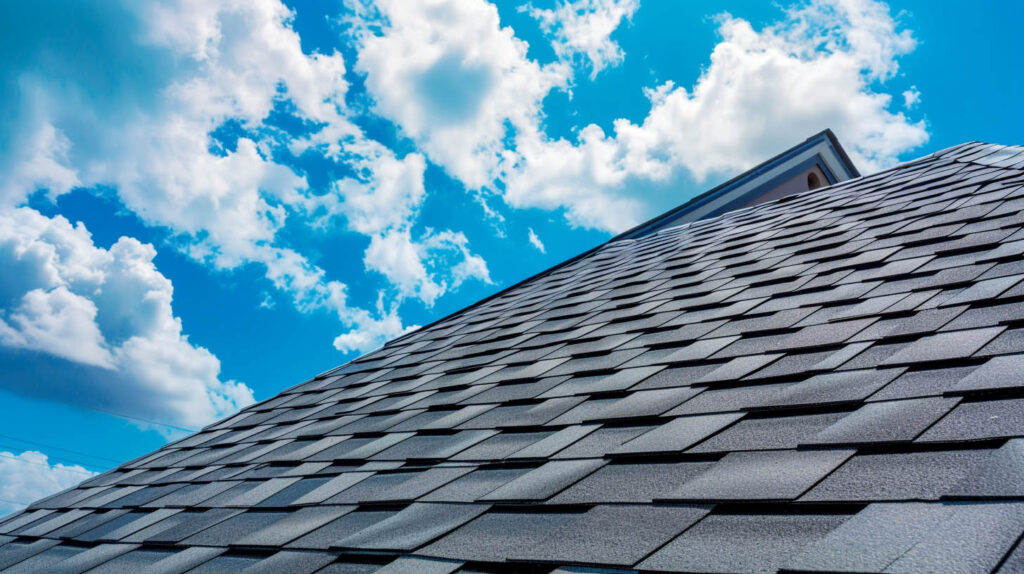
Sheet Decking (Plywood and OSB): Today’s Standard Choices
Sheet decking, including flat sheets of wood, plywood, and oriented strand board (OSB), has emerged as the standard choice for modern roofing systems. These materials provide a strong, reliable base for various types of roofing materials, such as asphalt shingles, ensuring the integrity of your roof. With their diverse thicknesses and sizes, meet local building codes while offering good longevity. Regular inspections of the roofing deck are essential to detect any signs of damage, as this can prevent more extensive issues like water damage or mold growth down the line.
Signs Your Roof Decking Needs Replacement
Your roof’s may need replacement when obvious signs of damage arise. Look out for structural issues such as sagging, damp spots, or water stains on ceilings—these are indicators of hidden problems.
Prompt repairs are essential, or small issues could escalate into costly roof failures. Regular inspections by a professional roofer can identify deterioration before it compromises the rest of your roofing system. Let’s take a closer look at the warning signs and how relate to Southern California’s unique weather conditions.
Warning Signs of Damage or Deterioration
Mold growth, sagging surfaces, or visible water leaks are primary indicators that the structural integrity of your roof is compromised. Unpleasant odors, often associated with rotting wood, should never be ignored. Regular inspections can help identify signs of damage early, preventing extensive issues that may require a complete replacement. Additionally, the condition of your roof impacts the effectiveness of the entire system, making awareness of these warning signs crucial for maintaining your home’s safety and longevity.
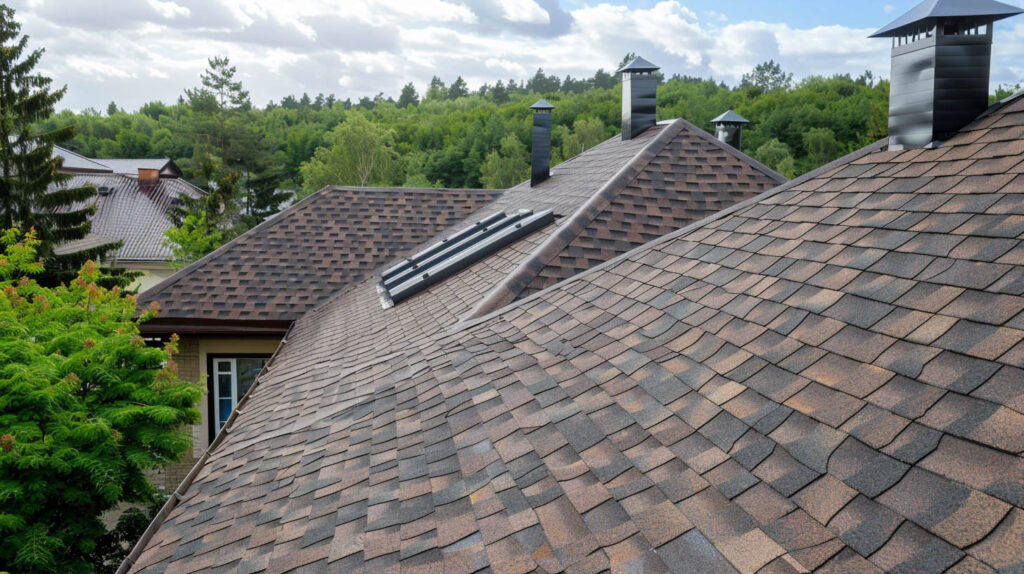
How Weather and Age Impact Roof Decking
Unpredictable weather patterns coupled with the aging process significantly influence decking in Southern California. Persistent exposure to intense sun can cause materials to dry out and lose their integrity, while seasonal rains may facilitate water damage, promoting mold growth. Regular inspections are crucial to gauge the condition of your roof decking. Understanding local climate impacts and adhering to manufacturer’s installation instructions will help maintain the longevity of your roof and ensure that it efficiently supports the entire system.
The Roof Decking Replacement Process
Replacing roofing decking involves careful inspection and precise craftsmanship. At Specialist Roofing & Repair, we ensure every step, from assessment to installation, aligns with local building codes and manufacturer’s instructions.
Our professional roofers conduct a thorough inspection to identify problems and provide an honest assessment of your decking’s condition. If replacement is needed, we follow a meticulous process to ensure safety and durability. Let’s explore the inspection process and steps involved in roofing decking replacement.
Inspection and Assessment by Certified Experts
Certified experts play a crucial role in evaluating the condition of your decking to ensure the integrity of your roofing system. During an inspection, these professionals assess for signs of damage such as rot or water intrusion, ensuring compliance with local building codes. Meticulously check for issues like mold growth and leaks, which can compromise the entire roof. An honest assessment from a skilled roofing contractor provides homeowners with the best course of action, whether it be repair or full replacement.

Steps Involved in Replacing Roof Decking Safely
Replacing roofing decking safely requires a systematic approach to ensure the integrity of your roofing system. First, a thorough inspection by a professional roofer identifies compromised areas. Next, the existing decking needs removal while considering local building codes. New decking, often composed of plywood or OSB, is then installed, following the manufacturer’s installation instructions for optimal durability. Finally, a final assessment verifies complete installation before proceeding with the placement of new roofing materials, sealing the entire roof for water resistance.
What’s Next
In summary, decking plays a critical role in the overall integrity of your roofing system. Proper installation and regular inspections are key to identifying signs of damage early. Homeowners should be aware of the different types of roofing decking available and their respective advantages. Investing in timely roofing decking replacement enhances the longevity and performance of your roof, protecting not just the structure itself but also the rest of your home. As a company recognized as an Owens Corning Platinum Preferred Contractor, a Polyglass Quantum Contractor, and rated BBB A+ Rated, we emphasize the importance of consulting a professional roofer to ensure compliance with local building codes.
Frequently Asked Questions
Will insurance cover the replacement of damaged roof decking?
Insurance coverage for roofing decking replacement depends on the cause of damage. Issues like water damage from storms are often covered, but normal wear and tear usually isn’t. Consult with your provider and roofing contractor to understand coverage for replacement needs.
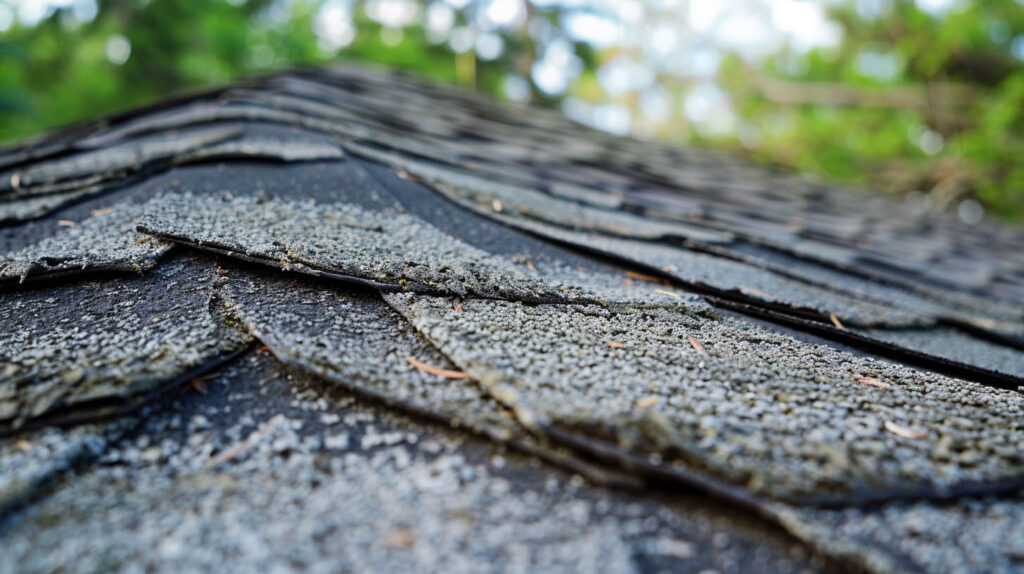
How to tell if roof decking needs to be replaced?
Watch for signs of damage, such as roof leaks, mold growth, sagging, or water stains on ceilings. A professional inspection can confirm whether replacement is needed based on the decking’s condition and integrity.
How often should roof decking be replaced?
Roof decking should be replaced during a roofing replacement if it’s damaged or compromised. Regular inspections help monitor its condition, but well-maintained decking can last as long as your roofing materials—20-30 years or more, depending on age and climate.
Read our blog: How Landscaping Can Affect Your Roofing System


